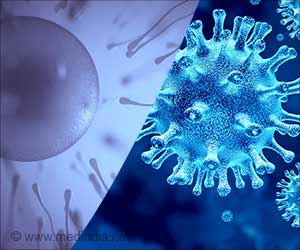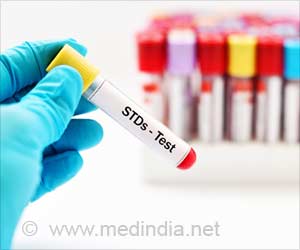Recover the loss of fertility in prepubertal boys treated for cancer by harvesting and freezing testicular tissue for reimplantation and provide viability.

Preserving Fertility in Children with Cancer
The rate of survival for childhood cancers has increased dramatically in the last several decades, but a serious side effect of treatment is diminished fertility later in life
.‘While the long-frozen testicular tissue had a similar profile compared to the other testicular tissue samples but had less fertility strength to produce sperm.’





A potential treatment would be to harvest, freeze, and reimplant testicular tissue, which contains stem cells, a procedure that has recently been shown in a macaque model to restore fertility, at least after short-term freezing.But for prepubertal boys with cancer, reimplantation may not be feasible for a decade or more after harvesting, raising the question of how long frozen testicular tissue can remain viable.
To explore this question, scientists thawed rat testicular tissue that had been cryopreserved in their laboratory for more than 23 years and implanted them in so-called nude mice, which lack an immune response that would otherwise reject the foreign tissue.
They compared the ability of the long-frozen tissue to generate viable sperm to tissues frozen for only a few months, and to freshly harvested tissue, all from a single rat colony maintained over several decades.
Which is the Successful Fertility Option?
They found that thelong-frozen testicular tissues were able to generate all of the necessary cell types for successful sperm production, but not as robustly as from either of the more recently harvested tissue samples
.These results have several important implications. First, they point out the importance of in situ testing of viability, rather than relying on biochemical or cellular biomarkers, in determining the potential of cryopreserved cells, which may not reflect the actual loss of stem cell potential over time.
Advertisement
Finally, the good news is viability is by no means lost during long-term cryopreservation, suggesting that it may be possible to identify and mitigate the key drivers of loss of viability, to improve the reproductive options of boys whose childhood cancers are successfully treated.
Advertisement
Source-Medindia









